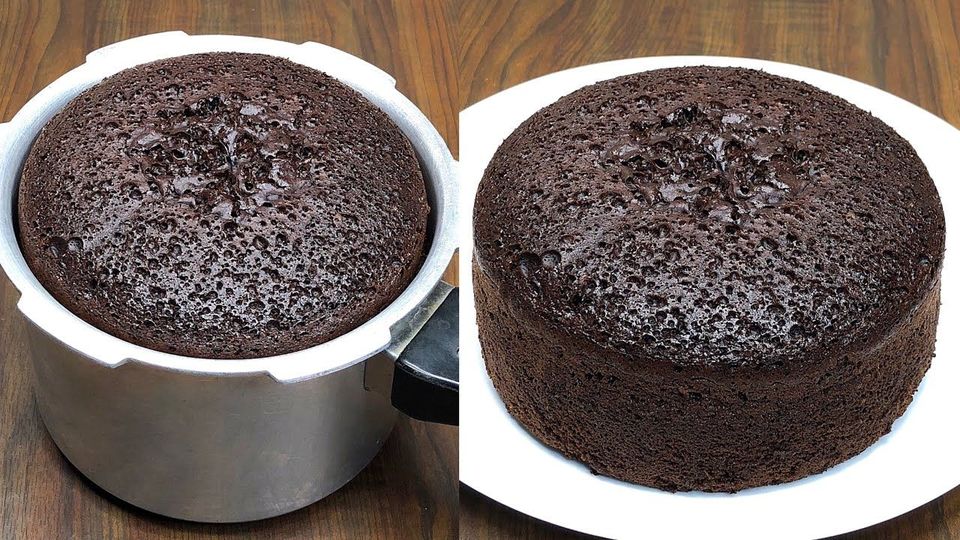pound cake recipe

pound cake recipe
- pound cake recipe The rich flavor and dense, buttery texture of pound cake make it a beloved classic treat.
- It has become a mainstay in many homes due to its straightforward components and
- comparatively simple preparation. Pound cake can be eaten in a variety of ways,
- whether it is served with fresh fruit, a coating of powdered sugar, or simply a cup of tea.
- This review explores the characteristics of a quality pound cake recipe, offering information on texture, flavor, and what to look for while baking the ideal pound cake.
Preparation and Ingredients
- Pound cake’s simplicity is what makes it so lovely. Traditionally, just four ingredients are needed to make a pound cake: flour,
- butter, sugar, and eggs. Since the original recipe called for one pound of each of these components, the name
- “pound cake” comes from that. Variations have developed over time, adding ingredients such as baking powder,
- vanilla extract, and even milk or sour cream to increase flavor and moisture.
- The first step in making a good pound cake recipe is usually to cream the sugar and butter until the mixture is light and fluffy.
- This procedure is essential because it aids in adding air to the batter, which enhances the texture of the cake.
- Then, one by one, eggs are added, making sure they are completely combined before the dry ingredients are added.
- To prevent overmixing, the dry ingredients—typically a blend of all-purpose flour and a
- tiny bit of baking powder—are sifted and then slowly folded into the liquid mixture.
- Proper mixing and baking are essential for a great pound cake. After adding the dry ingredients,
- it’s crucial to avoid overmixing the mixture because this could produce a dense, heavy cake.
- Furthermore, it is important to keep a close eye on the oven temperature
- because baking at a moderate temperature (around 325°F) guarantees an even rise and keeps
- the cake from getting too dark on the outside while still being raw in the middle.
Texture and Flavor
- A good pound cake should be moist but not overly dense, and it should taste rich and buttery.
- The balance of materials holds the key to accomplishing this. Butter is necessary to create
- that distinctive crumb as well as for flavor. overly light because it may seem crumbly or dry.
- It may feel excessively greasy or heavy if it is too dense. The ideal cake recipe finds the ideal
- balance between being soft and supple and not being too airy.
- The capacity to add flavor is another feature that sets a pound cake apart, buttery foundation. Although it’s not in the original recipe, adding chopped nuts, berries, or chocolate chips might improve the flavor profile for people who like a little texture.
Adaptability
- Because of its great adaptability, pound cake is a perfect dessert for a variety of settings.
- chocolate ganache, fresh fruit, or whipped cream. Because of its simplicity,
- Additionally, pound cake can serve as a foundation for other sweets.
- It’s great as a base for more complex confections or as a layer in trifles.
Typical Errors to Steer Clear of
- Despite the simplicity of pound cake recipes, there are a few typical errors that might compromise the outcome. Under-creaming the butter and sugar is a frequent problem. The texture of the cake depends on this stage since it helps trap air, which gives the cake its rise. Inaccurately measuring the flour might also result in a batter that is either overly moist or too dry. The best method for measuring flour is to spoon it into the measuring cup and use a knife to level it off.
- A difficult cake might also be the result of overmixing the mixture after adding the flour.
Conclusion
A classic treat that many people still enjoy is pound cake. Because of its easy preparation and basic components, bakers of all skill levels can easily follow this recipe. A well-made pound cake should have a soft, slightly dense crumb and a rich, buttery flavor.
Share this content:




One thought on “pound cake recipe”
Comments are closed.